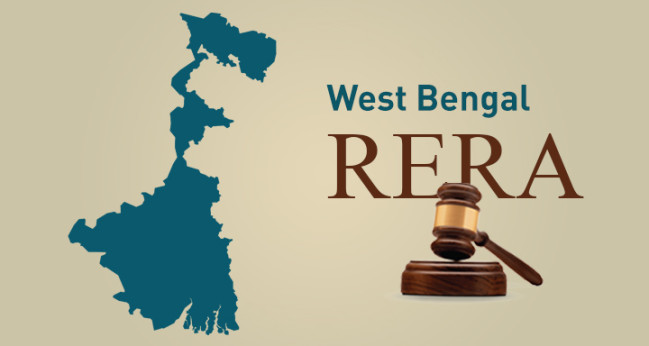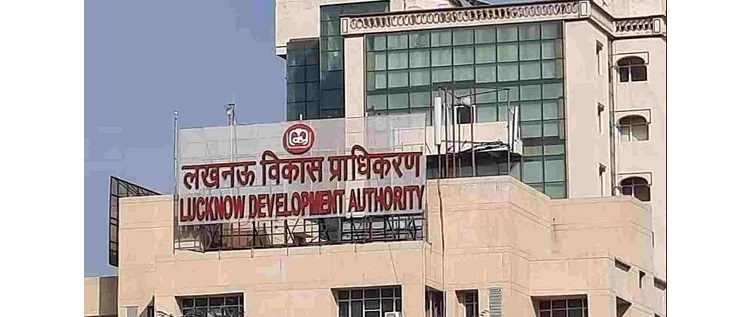Opening fragile inter-tidal areas for real estate and infrastructure development would have a huge bearing on coastal ecology and livelihood from fishing, researchers said after the Environment Ministry came out with a new draft for coastal regulations.
The draft Coastal Regulation Zone (CRZ) Notification, 2018, proposes expanding land area for development activities and tourism infrastructure, while simplifying the procedure for CRZ clearances.
Taking a critical view of the proposed rules, experts said there are two sets of problems with the new draft -- the process used for framing it and how it opens up coastal spaces for infrastructure development.
The draft notification is on the ministry's website and comments have been sought from the public within 60 days.
The recently uploaded draft has evidently been drafted by "Delhi-based babus" who are "uneducated" about the sea and have never experienced its violent energy, Chennai-based writer and social activist Nityanand Jayaraman, said.
Legal research director, Centre for Policy Research-Namati Environment Justice Program, Kanchi Kohli, said the new draft rules reduces the no-development zone, opening fragile inter-tidal areas and rural areas for real estate and infrastructure development.It also exempts areas within port limits from being no-development areas, Kohli said.
Experts claimed the proposed rules is in tune with the government's plans for seeing coastal areas as commercial and investment hubs, and not where established livelihood from fishing and ecosystems need to thrive.
Fishing unions, coastal communities and researchers have been asking the ministry not to dilute the coastal regulation and have a transparent process of amending the law, if any, Kohli told PTI.
"However, this has systematically been ignored. The Shailesh Nayak committee on which the changes have been premised is still not a public document and was selectively shared only after a CIC judgment.
"A law, which has a huge bearing on coastal ecology and livelihoods, should be a public matter, especially when the changes are this massive," she said.
The ministry had recently said in a statement that it had constituted a committee under the chairmanship of Nayak to examine concerns of coastal states, UTs and stakeholders, and to recommend appropriate changes in the CRZ Notification, 2011.
The report submitted by Nayak was examined in the ministry and consultations were held with stakeholders in this regard, it had said.
Under the new draft, CRZ limits on land along tidal influenced water bodies has been proposed to be reduced from 100 metres to 50 meters or the width of the creek, whichever is less.In another change in the draft, two separate categories have been proposed for CRZ-III areas.
Kohli said the second and equally critical aspect is what it does to the coastal regulation.
"This new law, reduces the no-development zone, opening fragile inter-tidal areas and rural areas for real estate and infrastructure development, removes the requirement for the clearance for certain buildings in municipal areas and exempts areas within port limits from being no-development areas.
"It is in tune with the government's plans for seeing coastal areas as commercial and investment hubs, and not where well established fishing livelihoods and ecosystems need to thrive," she said.
Jayaraman said, "The drafters of this notification either do not believe climate change is real or expect the sheer grandness of India's Sagarmala plans to overawe nature into exempting us from climate change's disastrous effects."
"Climate change will result in increased frequency and intensity of extreme seaborne weather events. Sea level rise will eat up coastal real estate and inject salt into our coastal aquifers," he said.
Beaches, mangroves and coastal wetlands, and maintaining a respectful distance from the sea are the real defences against nature's fury, Jayaraman said.
"This is the time to be retreating from the sea and protecting what remains of our coastal wetlands. The 2011 notification, while not perfect, intended to do all this. It introduced the concept of a Hazard Line - a line drawn accounting for future sea level rise, and the action of waves, wind and tides.
"Areas between the High Tide Line and the Hazard Line are vulnerable; the 2011 notification severely restricts development within this area. The 2018 draft does away with those restrictions" he said.
"This government has exposed its hand by granting carte blanche to strategic and defence projects; these have gladdened the hearts of many Indian mega-corporates, and saddened and angered coastal communities across India," he pointed out.
Jayaraman maintained that strategic projects can come up at any location, inside the sea, in the inter-tidal areas and in coastal wetlands like lagoons and backwaters.
"Roads and other infrastructure for such projects can even obliterate coral reefs, mangroves, sand dunes and turtle nesting habitats. Sagarmala is a strategic project, with more than 400 proposals, including more than half a dozen mega ports, modernisation and expansion of several dozen more, and setting up of over 40 Coastal Economic Zones and Coastal Economic Units.
"Just as nobody really knows what a Smart City is, there is no clarity on what makes a project strategic. Today, it is Sagarmala; tomorrow other slogans - Bharatmala, Make In India, Digital India, even BetiBachao -- can be classified strategic and legitimately destroy our coast," he said.
E - PAPER
Draft CRZ rules: Opening fragile coastal areas for real estate will affect ecology, fishing, says experts
Opening fragile inter-tidal areas for real estate and infrastructure development would have a huge bearing on coastal ecology and livelihood from fishing, researchers said after the Environment Ministry came out with a new draft for coastal regulations.
The draft Coastal Regulation Zone (CR
 BY
admin
BY
admin
Published - Monday, 23 Apr, 2018

- TAGS :
- News/Views
RELATED STORY VIEW MORE
NEWS LETTER
Subscribe for our news letter
E - PAPER
-

CURRENT MONTH 
LAST MONTH















